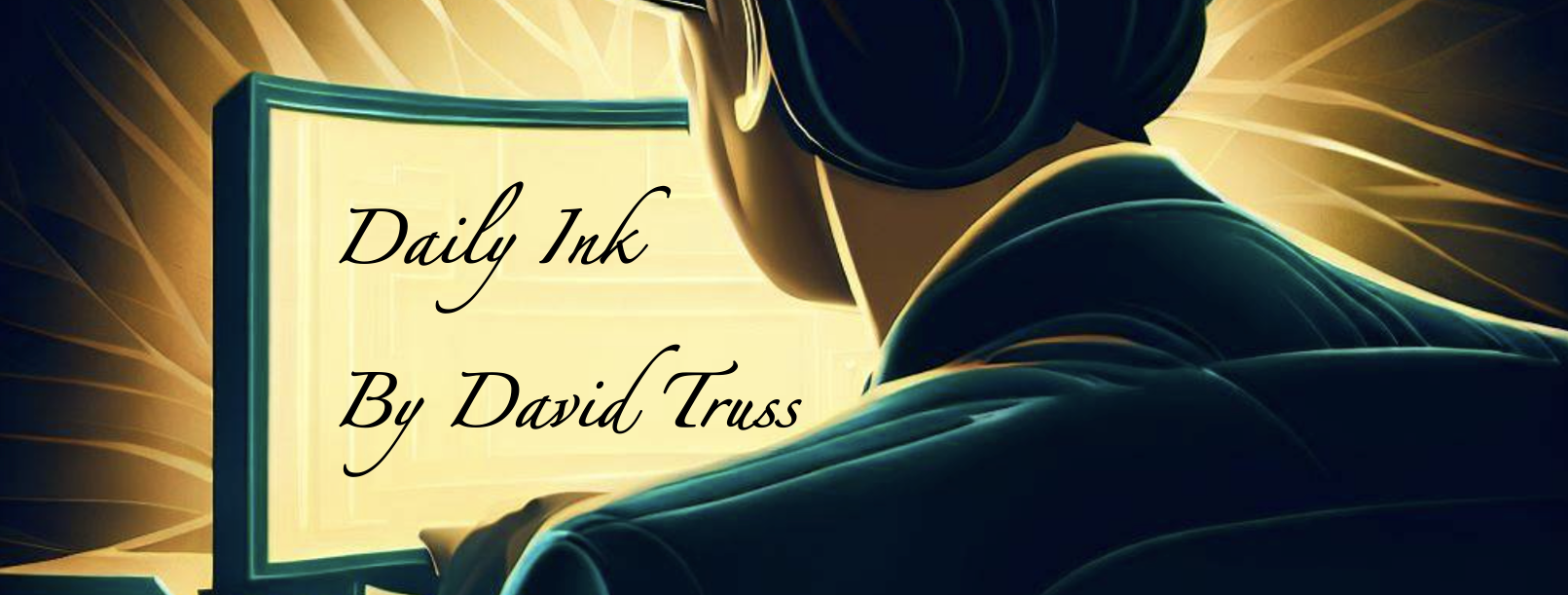Wayne Gretzky had an amazing talent for scoring goals. Three records that he holds, that may never be surpassed, are scoring in 51 consecutive games, scoring 50 goals in 39 games, and scoring 92 goals in one season (80 games). To accomplish this he did something very well… He would visually focus on the back of the net, the open space between the goal posts and the goalie, and he would send the hockey puck into those spaces. Yes, that’s what most hockey players want to do, but it’s not what they actually do.
When most people are aiming at a goal, be it in hockey, water polo, soccer, lacrosse, or any other sport with a net and a goalie, they are (almost) always aiming for the edges of the net, near the goal posts or crossbar. However it is challenging to aim at an empty space, so many people end up looking at the posts instead, and that’s what they end up hitting.
When I coached and saw someone hitting the crossbar a few times, sometimes I’d pull them aside and ask them to close their eyes. “Imagine the goalie and the bars of the goal behind her. Do you see them? Ok, now make them all one dark colour, like black. Now brighten the space between the goalie and and the bars. Got that in you head? Ok, aim there.”
Related to this, have you ever noticed the weird odds that a car accident will often include the collision with a telephone pole or a post, when there isn’t any other obstacle for quite some distance? The less interesting reason for this is that accidents that do not involve poles and posts are faster to clean up. The more interesting reason is that when a driver is in a dangerous situation and sees the post, they fixate on it, and while consciously scared and wanting to avoid it, their hands steer where their eyes go.
In school, there are many ways that a student can aim for the goal posts:
What do I need to do to get a ‘A’?
What’s the fastest way to get this done?
What does the teacher want me to do?
There are also many ways that educators can aim for the goal posts:
Teaching facts void of big ideas.
Teaching ‘the how’ without ‘the why’, (such as in Math, teaching that a negative times a negative equals a positive, and not explaining why this works).
Counting marks rather than marking what really counts.
None of these questions or examples are about learning. They aren’t on target; they aren’t the goal. But when we aim for the posts, we tend to miss the intended target, or in these examples, the intended outcomes.
What’s a goal post you are aiming at? And what would you be doing differently right now, if you were aiming at the net rather than the posts?
Like this:
Like Loading...







